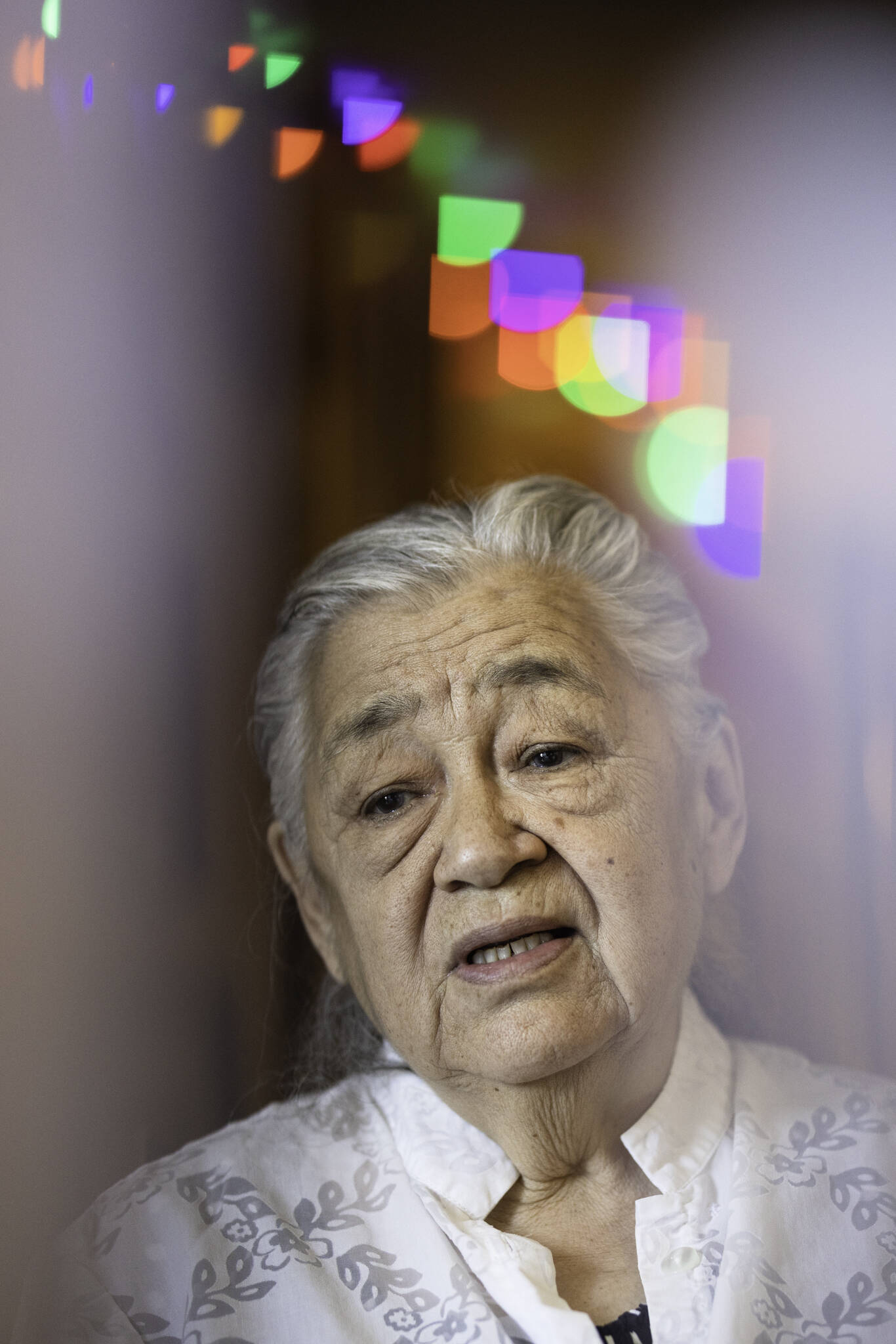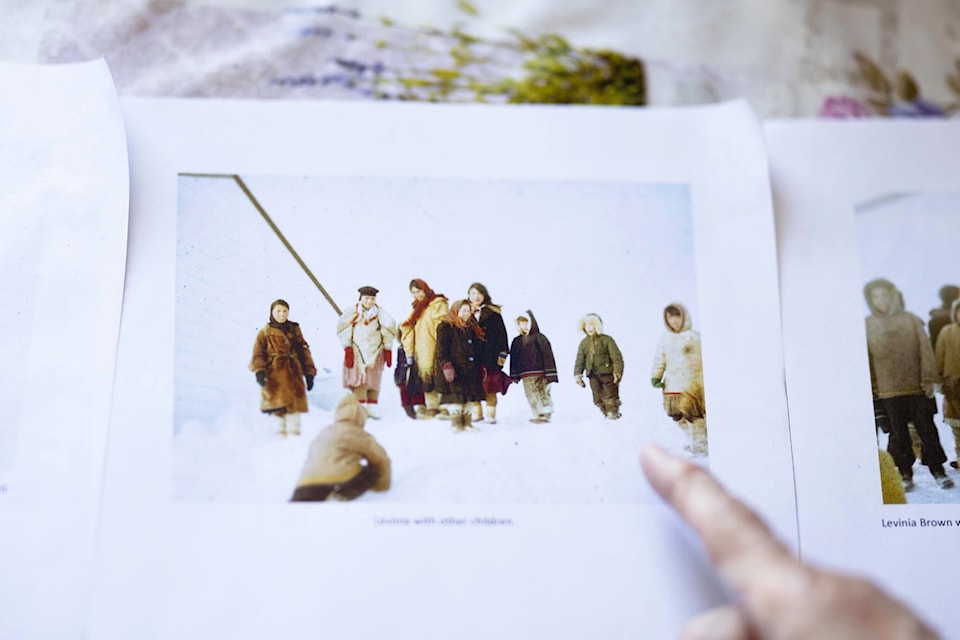Levinia Brown wants the whole country to know about the dark history of residential school.
“Because that really actually happened,” said Brown, who was the first female mayor of Rankin Inlet.
She went on to become deputy premier of the territory in 2004.
Brown was born in 1947 and attended residential school in Chesterfield Inlet, where she was not allowed to speak Inuktitut.
“We got beatings, we got punishments, severe punishment if we were caught speaking our language of Inuktitut,” she remembers.
It was made even tougher because she and her peers hardly spoke English, meaning they were left with “no words at all” to talk about what was happening to them.
“If you see our classroom pictures… none of us are smiling,” said Brown. “None. We’re all sad, sad children. To me, that told a story that we were sad and unhappy.”
She remembers when her eyebrows were shaved.
“You know how some children are mean and sometimes they like to tease? In those days, we didn’t do that at all,” said Brown.
“I should have been laughed at, I should have been teased. That didn’t happen. The children that I went to school with – some were older than myself and I was pretty much the youngest one – we supported each other, we showed a lot of love to each other. We didn’t say it, but the feeling was there.”
The words “I love you” or hugs and affection were foreign in those days, she said.
“We became hardcore unloving,” said Brown. “We witnessed some stuff we should have never been allowed to see.”
It wasn’t until a healing reunion for her class in 1993 that she found out what some of her peers had gone through. Alumni gathered in breakout groups and healing circles to talk about what happened to them as children.
“I learned from them, they were worse off than me,” said Brown, who didn’t know how to express or grapple with her experiences in residential school as a child until that point. “I found out it wasn’t only me that had those feelings of hurt, of being alone and being strange. I wasn’t the only one. And it’s not a good thing that there were others, but it gave me relief that I wasn’t alone.”
At 16, Brown began working as a teacher’s aide in Rankin Inlet, where she again witnessed the federal government’s attempts at cultural genocide.
“These children were suffering, and I would be caught talking to them in Inuktitut, because that was our language,” said Brown. “A lot of time I got disciplined, got called to the principal’s office and told harshly that I mustn’t ever, ever speak Eskimo to these children, that they have to know the English language and that’s what they’re going to school for, to learn everything about English and get rid of the Eskimo. That’s what they told me.”
She returned to that school after Christmas holidays to find out her job had ‘lost funding’ – meaning she was likely fired.
But her upward trajectory in her career never stopped, as she went on to fight through cultural challenges and then gender stereotypes, blazing a trail for Inuit women.
She remembers being in board meetings with all men.
“I go to speak, the men, they stood up, walked out,” said Brown. “It seemed I was talking to nothing, but I kept talking anyway.”
She’s glad to see a different story today though, where Inuit are regaining their culture and young people are pursuing their dreams.
“I think the youth, they’ve come a long ways,” Brown said. “They have rediscovered themselves in terms of gaining their culture, their language.”
Inuit children need to be told who they are and where they come from, she added. She is especially proud of all the young women who have become excellent seamstresses.
![]()
![]()
![]()




